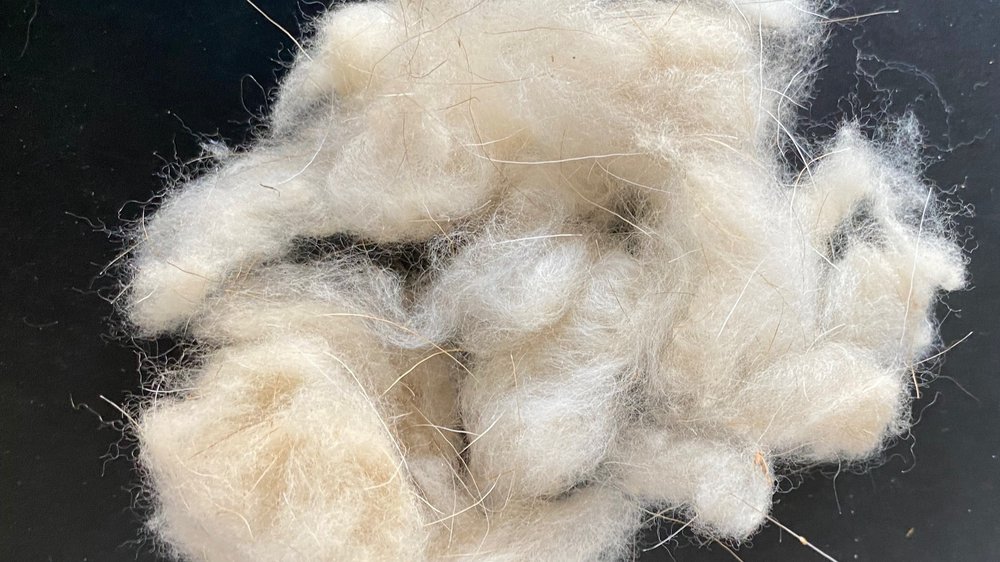Is Cashmere a Natural Fiber? Exploring Its Organic Origins and Uses
Is Cashmere a Natural Fiber? Exploring Its Organic Origins and Uses
Blog Article
Checking Out the Numerous Kinds Of Cashmere an All-natural Fiber for Ultimate Deluxe
Cashmere, an all-natural fiber, is frequently linked with high-end and convenience. The more budget-friendly Chinese cashmere, the conventional Scottish version, and the high-end Italian blend, all tell a different tale of this amazing fiber.
Understanding the Elegant Nature of Cashmere
Cashmere, usually associated with luxury and comfort, holds an one-of-a-kind appeal in the world of all-natural fibers. Unlike various other natural fibers, cashmere combines insulation with breathability, supplying unmatched comfort throughout varying temperatures. Its lustrous finish and soft structure add to its premium allure, justifying the costs cost that usually comes with cashmere garments.
Simply What Is Cashmere and Where Does It Come From?

Cashmere is acquired from the soft undercoat of cashmere goats, largely located in Mongolia, China, Iran, and Afghanistan. This meticulous procedure contributes to the scarcity and high expense of cashmere. With its origin in the severe landscapes of Asia, cashmere is a testament to nature's ability to generate high-end from misfortune.
Decoding the Various Kinds Of Cashmere
Comprehending the various sorts of cashmere is crucial to appreciating the high quality and distinct characteristics of this lavish fabric. Generally, cashmere is categorized right into 3 kinds: raw, virgin, and recycled. Raw cashmere is directly gotten from the goat and is unprocessed. This type commonly has contaminations such as dirt and crude hair. Virgin cashmere, on the various other hand, is the pure, unrecycled material that is spun into thread for the first time. It is the softest and most glamorous. Recycled cashmere is made from virgin material that has actually been formerly used. It is re-spun and used in producing lower-cost cashmere items. Translating these kinds is the very first step in understanding the exclusivity and worth of cashmere.

The Distinct Attributes of Each Type of Cashmere
Having actually explored the various groups of cashmere, it emerges that each type boasts its distinct collection of qualities. Mongolian cashmere, as an example, is renowned for its exceptional top quality, because of Mongolia's severe winter seasons that generate longer and finer fibers. Alternatively, Chinese cashmere is often a lot more budget friendly, though its much shorter fibers can lower longevity. Scottish cashmere is celebrated for its exquisite gentleness, an outcome of the typical water cleaning procedure utilizing Scotland's soft water. Italian cashmere, meanwhile, is renowned for its masterful blending and coloring methods, making it functional and vibrant. Indian cashmere, also understood as this post Pashmina, is valued for its incredible agility and warmth. Each type, hence, contributes to the textile's credibility for high-end.
Why Cashmere Is the Embodiment of Deluxe in Fashion
Cashmere holds a prestigious position on the planet of fashion, considered an icon of luxury and sophistication. Its attraction is not just in its gentleness and heat, yet also in its rarity and the careful process entailed in its purchase. Cashmere is derived from the fine undercoat of Himalayan goats, recognized for their exceptional quality fiber. The deficiency of this fiber, integrated with the labor-intensive process visit here of collection, contributes to its high rate and exclusive status. Additionally, cashmere's unrivaled convenience and toughness make it a popular product in the production of high-end garments. Its all-natural lightweight and insulating properties contribute to its value, making it the epitome of luxury in style.
The Refine of Making Cashmere: From Goat to Garment
The journey of cashmere, from being an undercoat of a Himalayan goat to a luxurious garment, is an intricate one. With the introduction of springtime, farmers in Mongolia and China collect the woollen by combing the goats, ensuring no harm is done. The obtained wool includes crude external hair and soft downy undercoat. This blend is after that painstakingly divided, with just the soft down used for cashmere. This raw cashmere is cleaned, colored and spun into thread. The yarn is then woven or weaved into textiles. The last step includes washing and pressing to offer the textile its characteristic gentleness and heat. From goat to garment, each step is a testimony to the persistence, ability and creativity involved in crafting cashmere.

Conclusion
To conclude, cashmere, with its all-natural beauty and unparalleled comfort, rules supreme on the planet of luxury style. The diversity in types, ranging from the soft Mongolian, lightweight Indian Pashmina, economical Chinese, typical Scottish, to the vivid Italian, exposes the adaptability of this all-natural fiber. The meticulous procedure of changing it from a goat to a garment even more contributes to its exclusivity, making cashmere the embodiment of class and high-end.
Cashmere, a natural fiber, is usually linked with luxury and comfort (is cashmere a natural fiber).Cashmere, frequently linked with high-end and convenience, holds click here to find out more an one-of-a-kind allure in the globe of all-natural fibers. Unlike various other natural fibers, cashmere combines insulation with breathability, supplying unequaled comfort across varying temperature levels. Cashmere is derived from the soft undercoat of cashmere goats, largely located in Mongolia, China, Iran, and Afghanistan. Cashmere is obtained from the fine undercoat of Himalayan goats, recognized for their remarkable top quality fiber
Report this page